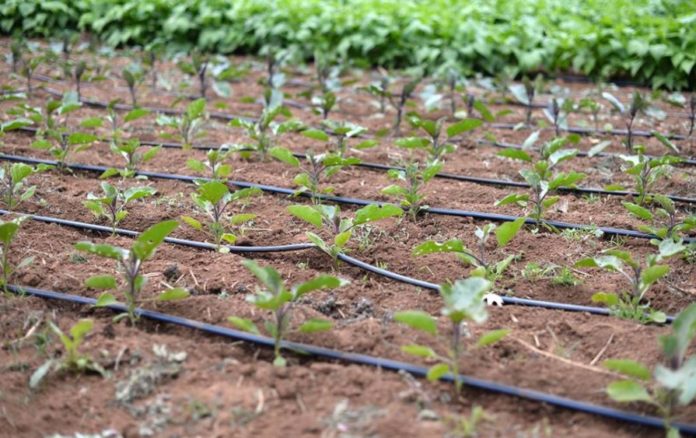Phase two of the Small Irrigation and Value Addition Projects (SIVAP) in Tana River County in Kenya is set to roll out. This follows the hand over of 16 project sites to contractors by Ministry of Agriculture
SIVAP aims at reducing poverty by enhancing agricultural productivity, income, and food security in the counties. Most of the counties are semi-arid and receive low to moderate rainfall. The project aims to enhance irrigation infrastructure, and water resource development and improve agricultural market access through the construction of roads in the communities.
Scope of works will involve the construction of three water pans in Mkomani, Nkozi, and Mpongwe villages. Drilling and equipping of eight boreholes, fencing, and reseeding of pasture grounds in Chifiri and Hakoka.
The water pans are expected to benefit more than 600 households and 11,000 livestock. The project worth Sh300 million will also increase food production through irrigation farming.
Climate change
A loan from the African Development Bank (AfDB), a grant from the Global Agriculture and Food Security Programme (GAFSP), together with the Government of Kenya, are SIVAP’s source of finance. The project is also being implemented by the State Department for Crop Development and Agricultural Research in 11 counties, namely Tana River, Makueni, Kajiado, Machakos, Bomet, Tharaka Nithi, Meru, Nyeri, Nyandarua, Kitui and Murang’a.
Engineer Omari Josphat, SIVAP Project Manager said, through the project marketing/grading shades in Makere, a livestock sale yard in Madogo, and 27 kilometers of farm access roads will be constructed.
“This is the second round we are doing the projects, the first time we handed over 15 sites to contractors who are at various stages of implementation. Most of them are at 90 percent almost handing over to the communities.We will remain with another phase of survey and design where we are expecting to have another equivalent of structures making a total investment of Sh500 – 600M in Tana River. For SIVAP in Tana River, we are considering the climate and culture of the communities. We are implementing small structures that can be used for irrigation depending on the yields from the shallow wells,,” said Engineer Omari.









[…] Source […]
Comments are closed.